The oceans that seem like never-ending reserves of seafood are facing two major threats from modern fishing practices – bycatch and overfishing. The fishing industry has devised ways to haul huge numbers of sea animals from the ocean. This has adversely impacted the fine balance in oceanic ecosystems, pushing species to the edge of extinction and leading to a likely food crisis for humans, too.
Bycatch and Overfishing
Not every sea creature brings profit to the fishing industry. Popular species fetching huge prices make fishing a profitable business. The profits gained from moderately-priced species just about make up for the running cost of a fishing expedition. The sea creatures that barely fetch profit and are not targeted by fishermen are called bycatch. They are simply thrown away, mostly dead.
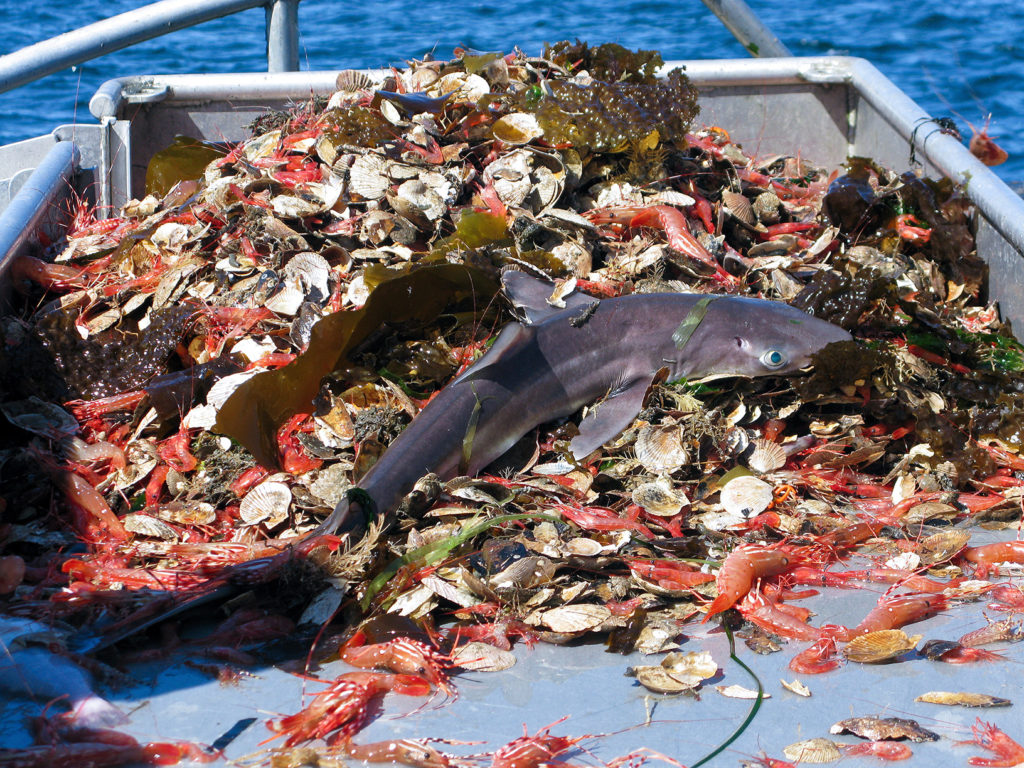
A young shark as bycatch in industrial fishing. This specimen was released back into the water.
Bycatch includes young sharks, dolphins, whales, and porpoises that get too stressed to have babies when they grow up. This can disrupt entire ecosystems. About a hundred million sharks are killed every year as bycatch. Even though sharks are very popular for their meat, fins, and liver oil, these sharks were not targeted in tuna fishing expeditions. Utilizing the sharks was deemed unprofitable, so they became unintended kills as bycatch for tuna.
Overfishing happens when more fish are caught than can be replaced through natural reproduction. The Atlantic Bluefin tuna is the most overfished species due to its growing popularity in sushi, sandwiches, and salads. Overfishing can wipe out entire shoals of fish. When they congregate to breed, several generations of orange roughy will die by the thousands if they are scooped up in a trawler’s net. The Atlantic halibut is another depleting species. Although the United States is trying to protect Atlantic halibut along the coastline, people violate laws and secretly catch them anyway.
A trawler drags a very wide, closed-end, net on the sea floor hauling everything that falls in the way. Escaping these traps is impossible since several trawlers often move in wide swaths. In 2012 alone, about 4.8 million pounds of shrimp were harvested in North Carolina estuary waters. For every pound of shrimp, about 4.5 pounds of bycatch are caught. At that rate, about 21 million pounds of fish, mostly tiny croaker, spot, and weakfish, were thrown out as waste. When small fish disappear at this rate, their natural predators fight for survival. Southern flounder, speckled trout, and herring are depleted. In some parts of the world, the oyster population is less than 10 percent of what it was in the 1950s.
Economic Justification
Many companies try to justify these practices based on the grounds of livelihood. The truth is that these companies are not simply groups of family fishermen like those that existed in earlier times. These are profit-driven corporations that are focused on short-term benefits. Ocean conservationists encourage fishing only as much as is necessary to meet the needs of people. This would allow every species to be restored to the point that they can continue to be served on dinner plates around the world.
A Viable Option
Sustainable fishing practices include knowing the lifecycles of different species and allowing adequate regeneration time, as well as fishing in areas where the population is large enough to spare a good number without hurting the food chain. Consumers at restaurants and grocery stores love lower prices, but they are generally unaware of an impending food chain collapse. Unfortunately, in the interest of turning a profit, fishing corporations often do not adhere to such legal and ethical guidelines. It’s high time they heeded the laws protecting the ocean and for our own survival as well.

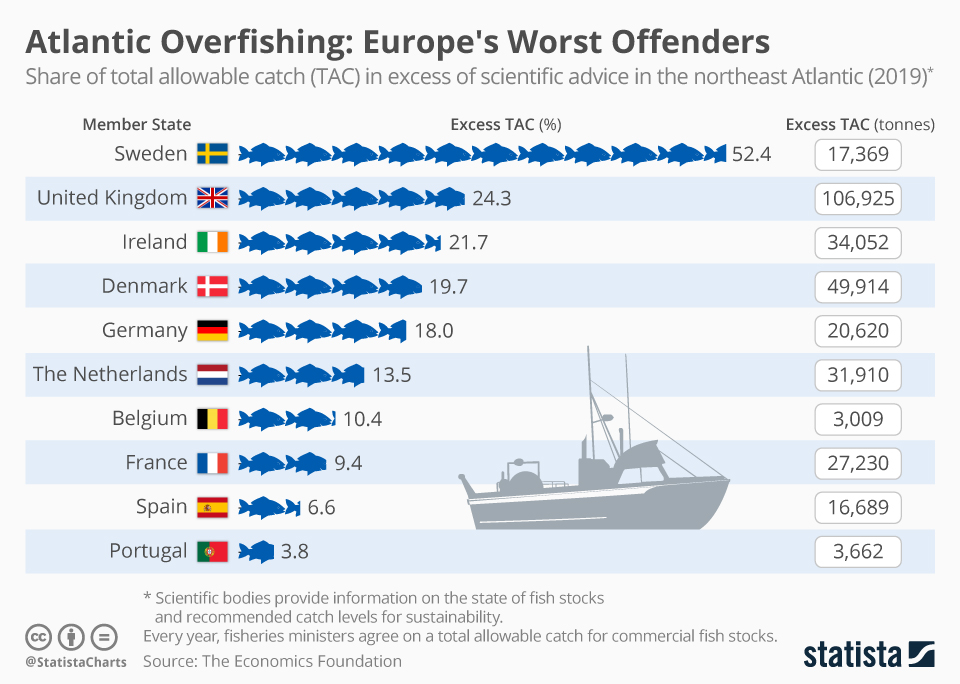
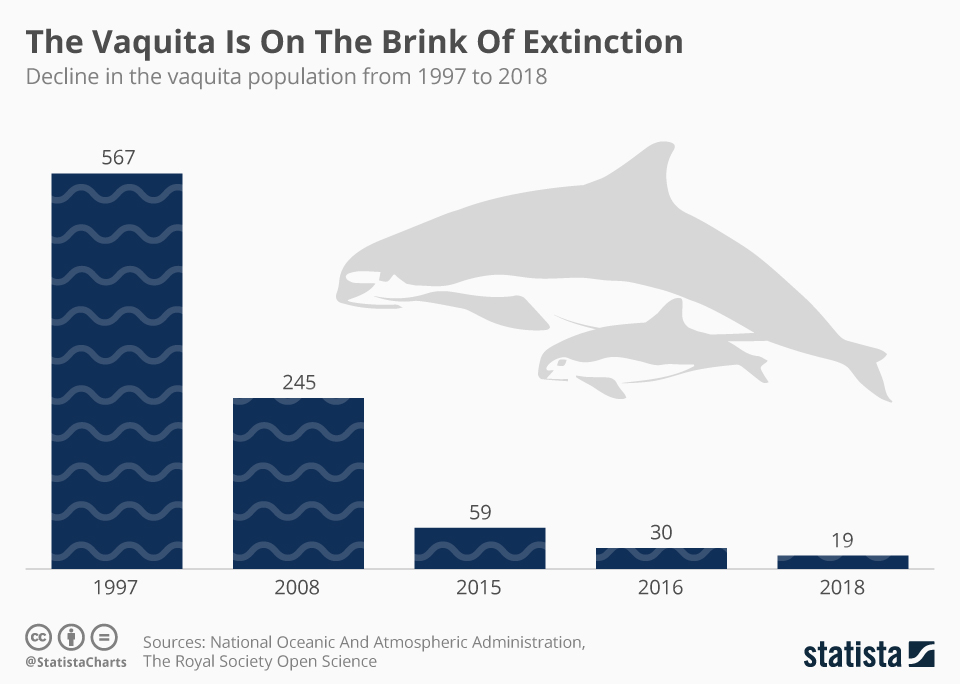



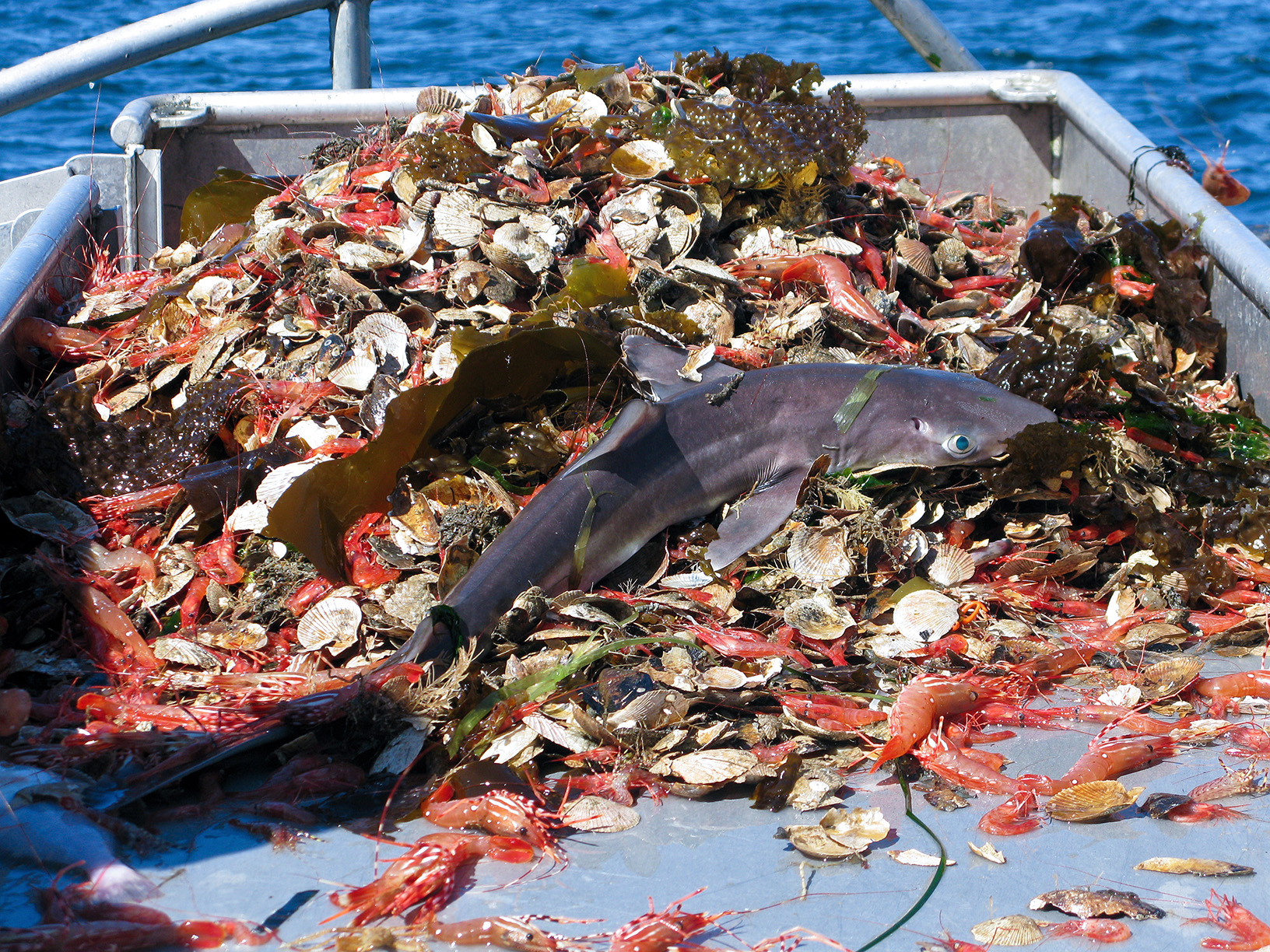
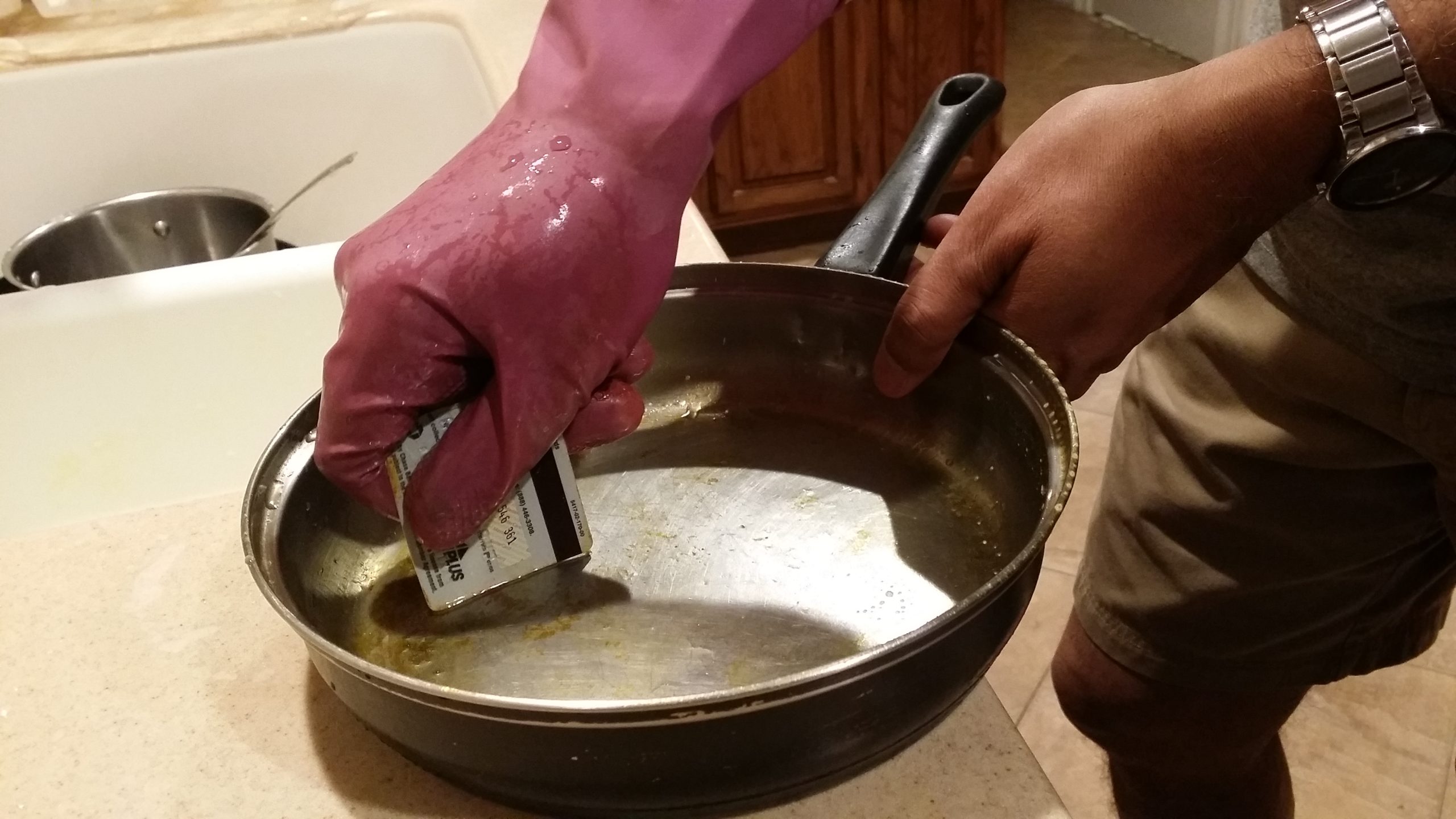

0 Comments